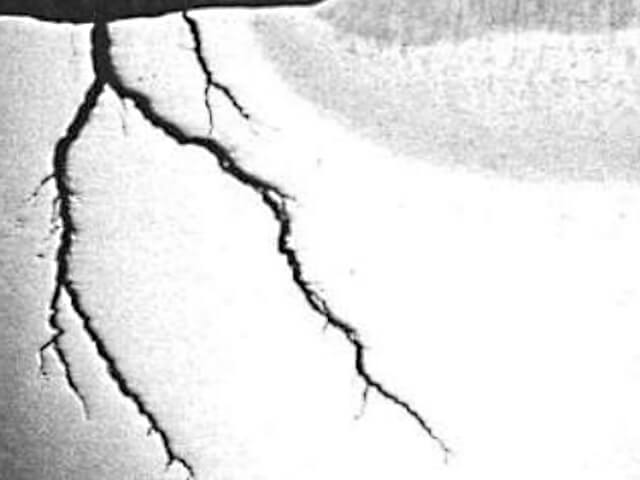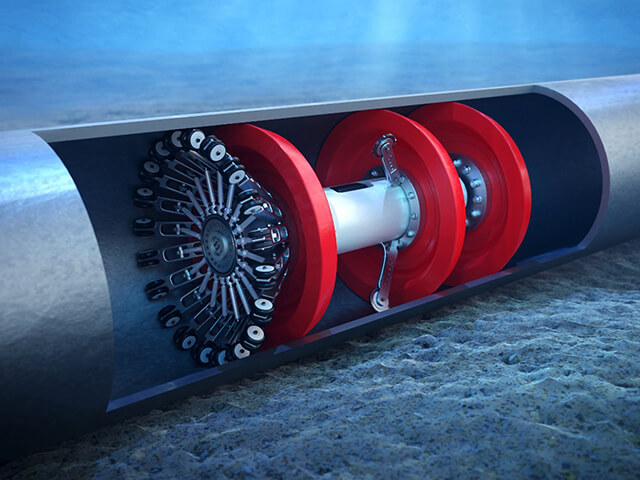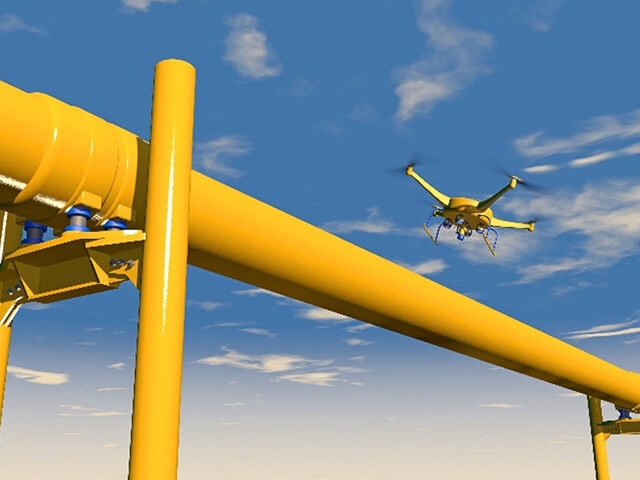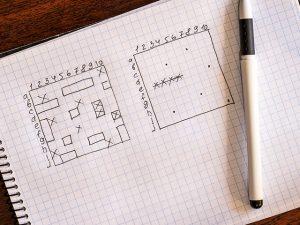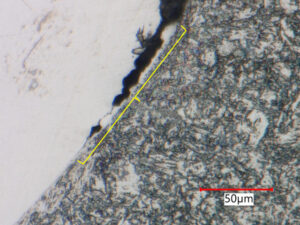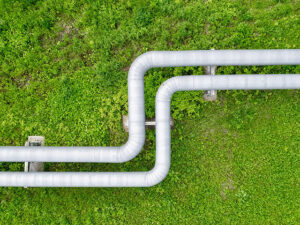
Pipeline Defect Assessments for CSA Z662 Pipelines
Pipeline regulations in Canada differ from the ASME B31.4 and B31.8 standards used across the United States. In this article, the authors provide a detailed overview of the federally regulated CSA Z662 standard and clarify the differences between assessments (Section 10), engineering assessments (Section 3.4), and engineering critical assessments (Annex J & K). This is a must- read for any pipeline operators who wants to understand Canadian pipeline industry regulation and engineering assessment requirements.
